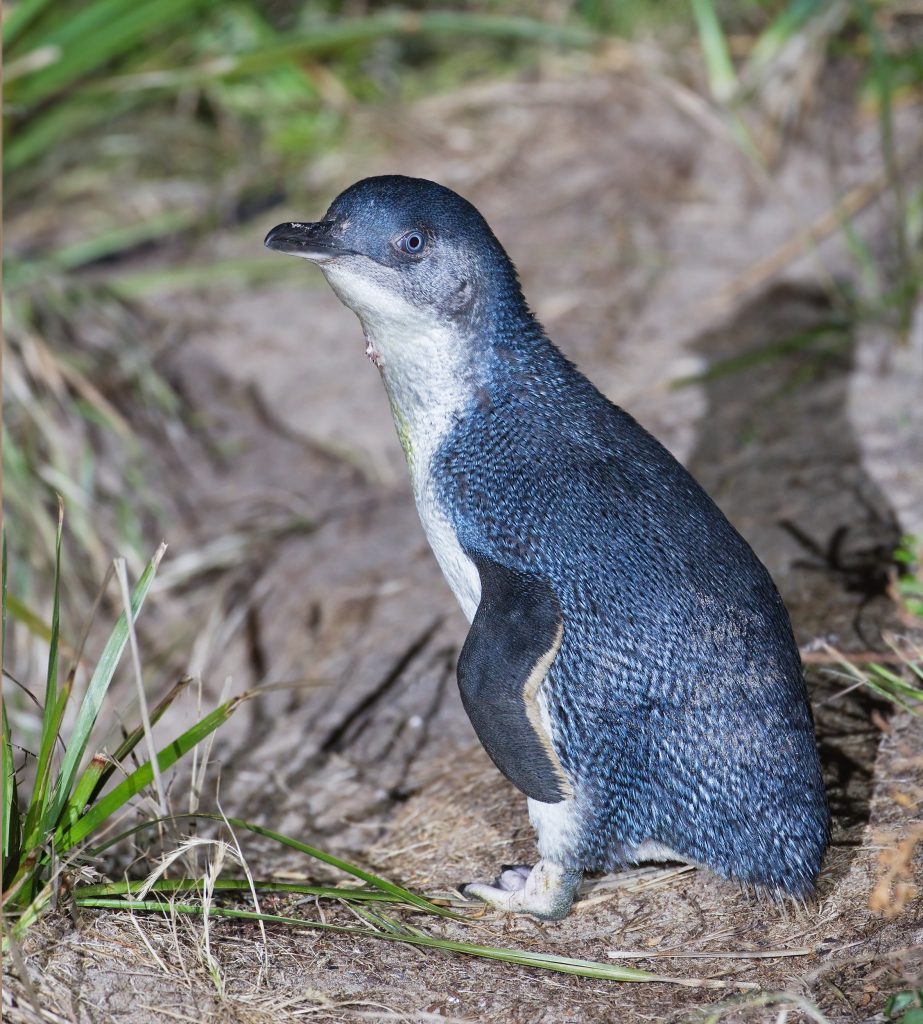

The Little Penguin, also known as the Fairy Penguin or Blue Penguin, is the smallest penguin species in the world, with an average height of just 33 centimeters and a weight of around one kilogram. These adorable birds are native to coastal areas of southern Australia, New Zealand, and some islands in the South Pacific. Despite their diminutive size, Little Penguins are full of character and are beloved by many.
Physical Appearance Little Penguins have blue-gray feathers on their back and wings, with a white underside and a distinctive blue band across their chest. They have a small, pointed beak and short, sturdy legs that are ideal for swimming and diving. Their eyes are a striking blue color, which contrasts beautifully with their white face.
Habitat and Behavior Little Penguins live in a range of coastal habitats, including rocky shorelines, sandy beaches, and offshore islands. They are excellent swimmers and divers and can spend up to 75% of their time at sea. When they are not fishing for small fish, squid, and krill, they come ashore in the evening to breed and rest.
Little Penguins are highly social animals and live in large colonies known as rookeries. They have a strong bond with their mate and will often return to the same breeding site year after year. During the breeding season, the male Little Penguin will dig a burrow in the sand or soil, where the female will lay one or two eggs. Both parents will take turns incubating the eggs and caring for the chicks after they hatch.
Conservation Status Little Penguins face several threats to their survival, including habitat loss, predation by introduced predators, and disturbance by humans. In New Zealand, the population has declined by over 60% in the past 15 years, and the species is now considered to be endangered. Conservation efforts, including predator control and habitat restoration, are underway to protect this adorable and unique species. Despite its small size, it is a tough and resilient bird that has adapted to life on the coastlines of southern Australia, New Zealand, and the South Pacific. With continued conservation efforts, we can ensure that this remarkable species remains a vital part of our planet’s biodiversity.
One of the most popular destinations to see Little Penguins is on Phillip Island, located just off the southern coast of Victoria, Australia. Phillip Island is home to a large colony of Little Penguins, which can be viewed by visitors in their natural habitat at the Penguin Parade.
The Penguin Parade is a nightly event where visitors can watch the Little Penguins waddle up the beach and make their way to their burrows in the sand dunes. This is a truly unique experience, as the Little Penguins are only found in this part of the world and their behavior is fascinating to observe.
In addition to the Penguin Parade, there are many other ways to experience the Little Penguins on Phillip Island. Visitors can take a guided tour to learn more about these amazing creatures, or even book a private tour to see them up close and personal.
One thing to keep in mind when visiting the Little Penguins is to respect their natural habitat. Visitors are asked to stay on designated pathways and not to use flash photography, as this can disturb the penguins and interfere with their natural behavior.